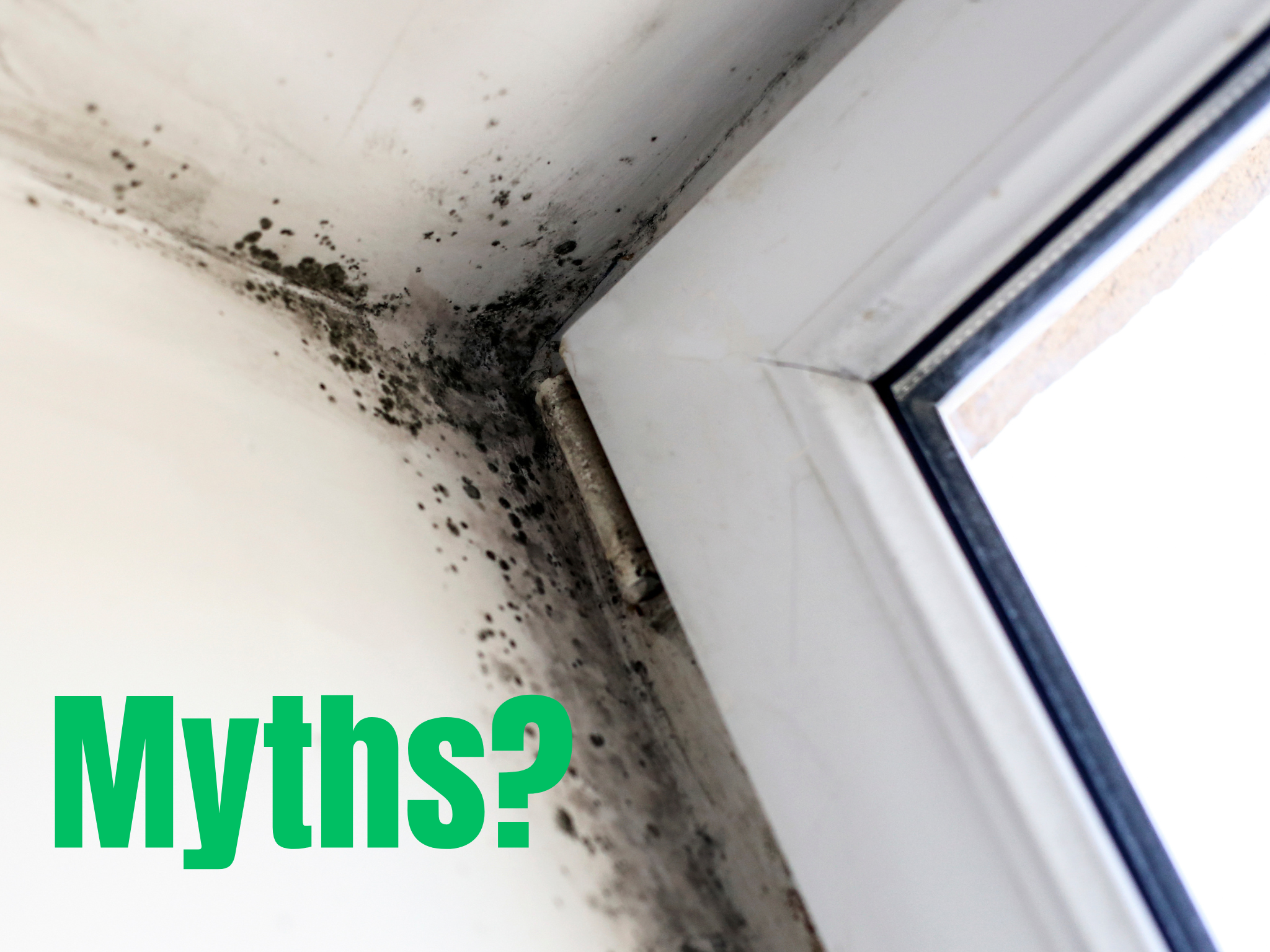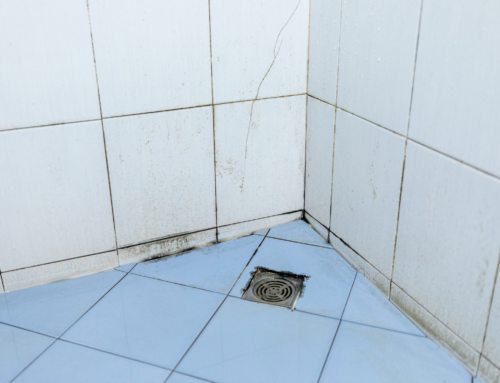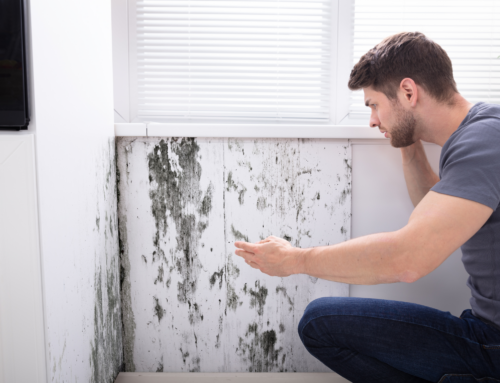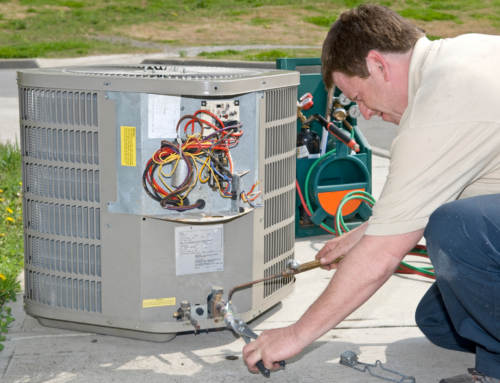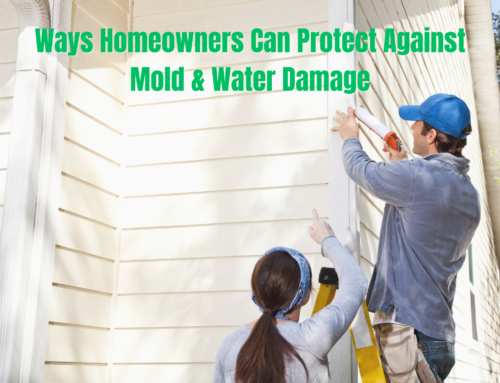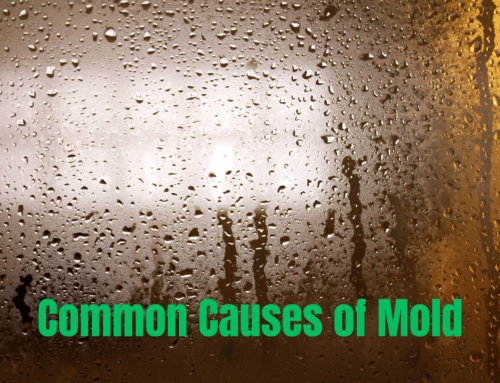Mold is a common problem that many homeowners encounter at some point. Unfortunately, misconceptions about mold and its effects often lead to confusion and misinformation.
In this blog post, we’ll debunk some common myths related to mold in your home and offer practical solutions to set the record straight. Understanding the truth about mold will help you take appropriate actions to protect your health and maintain a safe living environment.
Myth #1: Mold is Harmless, and Its Presence is Insignificant
One of the most dangerous misconceptions about mold is that it is harmless, especially if it appears in small amounts. The truth is, even small amounts of mold can have adverse health effects, especially for those with respiratory conditions, allergies, or compromised immune systems. Mold spores can become airborne and lead to allergic reactions, respiratory issues, and other health problems.
Solution: Don’t ignore any mold growth, regardless of its size. Promptly address and remove mold from your home using appropriate cleaning techniques or seek professional help for extensive infestations.
Myth #2: Mold is Only an Issue in Humid Climates
While it’s true that mold thrives in humid environments, it can grow in any home, regardless of the climate. Leaky roofs, plumbing issues, and poor ventilation can create conditions for mold growth, even in dry regions.
Solution: Regularly inspect your home for water leaks, fix plumbing problems promptly, and ensure proper ventilation in areas prone to moisture accumulation, such as bathrooms, kitchens, and basements.
Myth #3: Bleach is Effective for Removing Mold
Bleach is a commonly recommended household remedy for mold removal. However, using bleach on mold is only partially effective. While it may kill some mold on the surface, it does not penetrate porous materials where mold often lurks, such as wood or drywall. Moreover, bleach emits harmful fumes and does not prevent mold from regrowing.
Solution: Instead of bleach, use commercial mold cleaners specifically designed for mold removal. Additionally, focus on addressing the source of moisture to prevent mold from returning.
Myth #4: Mold Remediation is a DIY Job
Although minor mold issues can be tackled by homeowners, extensive mold infestations are best handled by professionals. Mold remediation requires proper knowledge, protective gear, and specialized equipment to ensure safe and thorough removal.
Solution: For significant mold problems or if you have health concerns, seek the expertise of a certified mold remediation specialist who can safely assess and eliminate mold from your home.
Myth #5: Once Mold is Removed, the Problem is Solved
Removing visible mold is only part of the solution. Mold spores can remain dormant and spread through the air, causing future growth if the conditions are right. Failing to address the underlying moisture issue will likely lead to mold reappearing.
Solution: Hire a professional mold remediation company. After mold remediation, focus on maintaining a dry and well-ventilated environment to prevent its return. Fix any leaks, address humidity concerns, and use dehumidifiers if necessary.
Understanding the truth about mold and debunking common myths is crucial for homeowners to maintain a safe and healthy living environment. Remember that mold is not harmless, and even small amounts can lead to health issues. Take prompt action to address mold problems and prevent future growth by addressing moisture sources. When dealing with extensive mold infestations, always seek the help of professionals to ensure a thorough and safe remediation process. By staying informed and taking proactive measures, you can protect your home and your family from the negative effects of mold.

